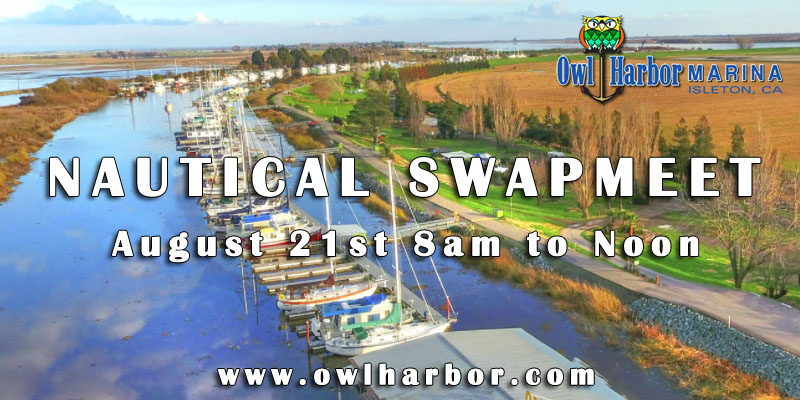
Do You Have Sailing Plans for the Summer Sailstice Weekend?
The official first weekend of summer begins this coming Saturday, June 19, with plenty of opportunities to sail. We list some of the Bay Area weekend activities below, but wherever you sail, whatever your plans, make sure you have them posted as part of the weekend Summer Sailstice celebration of sailing.
For recreational sailors, the Summer Sailstice weekend photo treasure hunt returns, with the opportunity to win prizes from Summer Sailstice and a 2022 PHRF certificate from the YRA. Racers can join the YRA Summer Series #3 off Southampton Shoal, and the PICYA has announced the return of the Lipton Cup, hosted this year by the St. Francis Yacht Club, South Beach Yacht Club and Encinal Yacht Club.
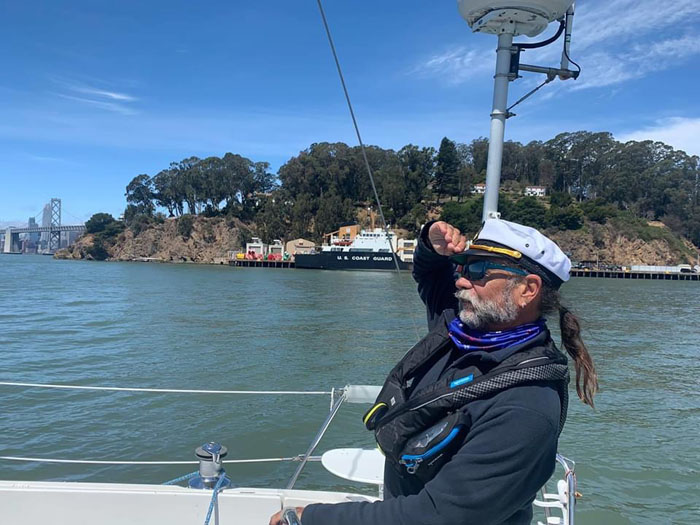
Sailors without a boat have options too. Sign up with the Matthew Turner, which will be heading out on Saturday for a Maritime Heritage Sail, while Modern Sailing in Sausalito will offer a Summer Sailstice introductory sail and Alameda Community Sailing Center will host an Open Sail Saturday from their base on the west shore of Alameda.
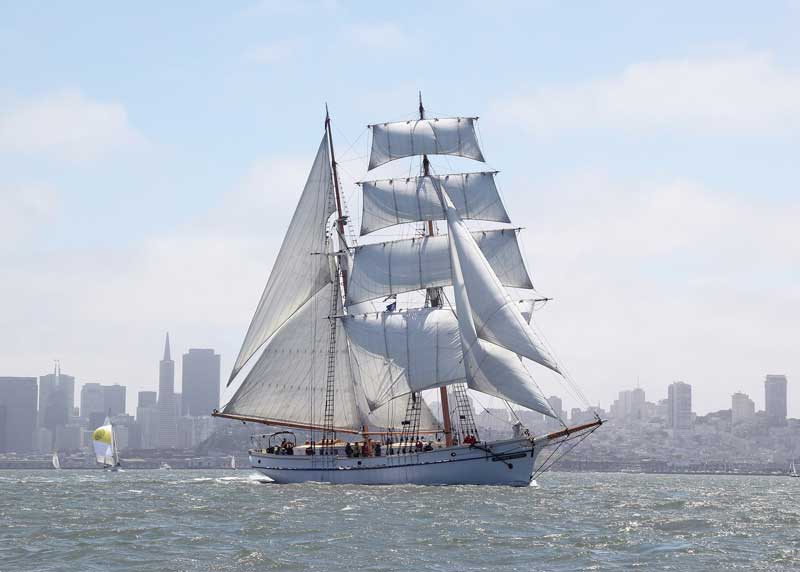
We’re not sure where all the yacht club cruise outs will be headed this weekend, but we do know Ros de Vries of Island Yacht Club is planning to join a club cruise to Clipper Cove. Or, like Vince Casalaina, you can post plans that simply say, “I’ll be doing a fun sail with friends somewhere on S.F. Bay or adjacent waters (depending on where it’s warm and [with] not too much breeze”).
When you post your club’s cruising plans you’ll be adding your pin to the map and you, and everyone else in the club who signs up on the Summer Sailstice website, become eligible to win prizes from Summer Sailstice contributors such as IMTRA, Beneteau, Jeanneau, Sun Powered Yachts and many others. Check out the prize list here.
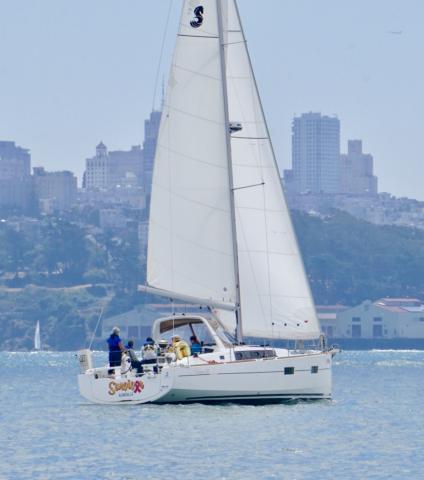
Sailor, soon-to-be sailor, cruiser, racer or daysailor, use this weekend to start your summer of sailing. With more daylight than any other Saturday of the year, you’ll have plenty of time to start your Delta Doo Dah or take your friends on a Bay tour. You only have so many summers, and there’s just one Summer Sailstice celebration a year, so now’s the time to make your plans and add them to the Summer Sailstice map.
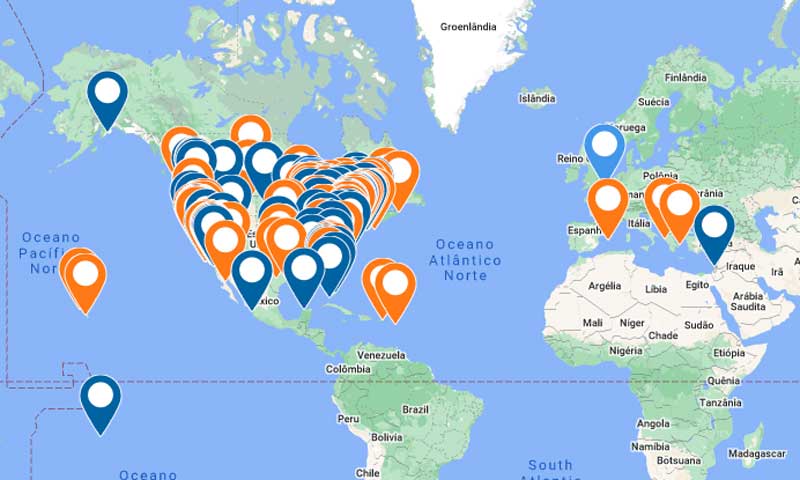
If you’re outside the Bay Area there are plenty of places to sail and plenty of reasons to add your own sailing plans. If you have a sailboat, Summer Sailstice is there to remind you that a sailboat, like a mind, is a terrible thing to waste. You’re encouraged to start your summer sailing and make it habit-forming. So start now, get the habit, and have fun with it too! See you on the water.
A Sad Day as Another Old Sailboat Goes to the Crusher
We all hate to see it, yet are fascinated by the destruction of sailboats. Who among us can honestly say they’re not mesmerized by the spectacle of an old sailboat being broken up by the relentless crushing machines?
Ferris Will, of the sailboat French Girl in Richmond, witnessed the sad end for a seemingly abandoned sailboat as it was hauled out of the water and set upon by the machines last Thursday. He had his camera on hand and took these photos, which he sent to us.
“Some excitement at Richmond’s Marina Bay ramp this morning as this heavy, steel-hulled beast came out of the water the hard way. Sadly, no name on her. RIP!”
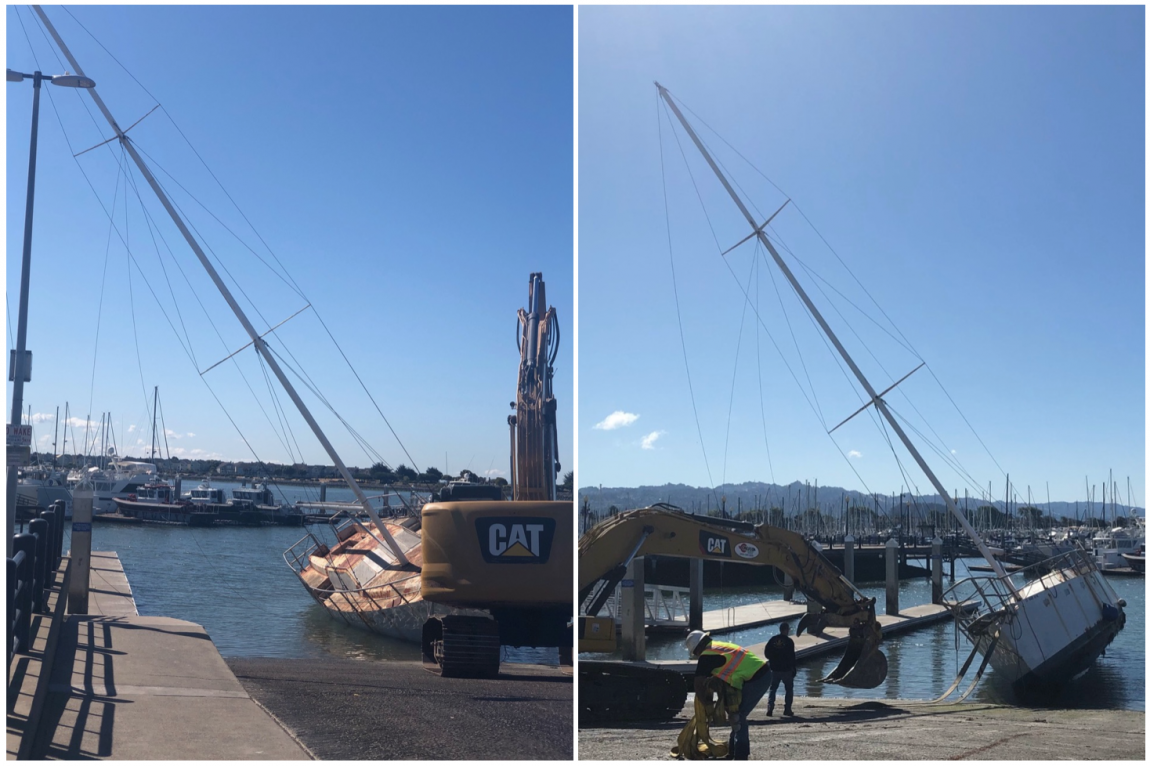
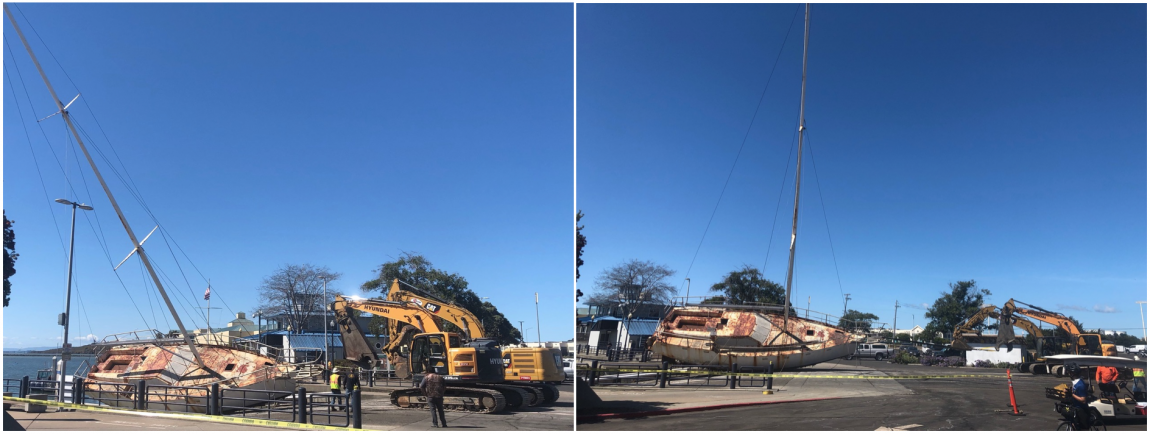
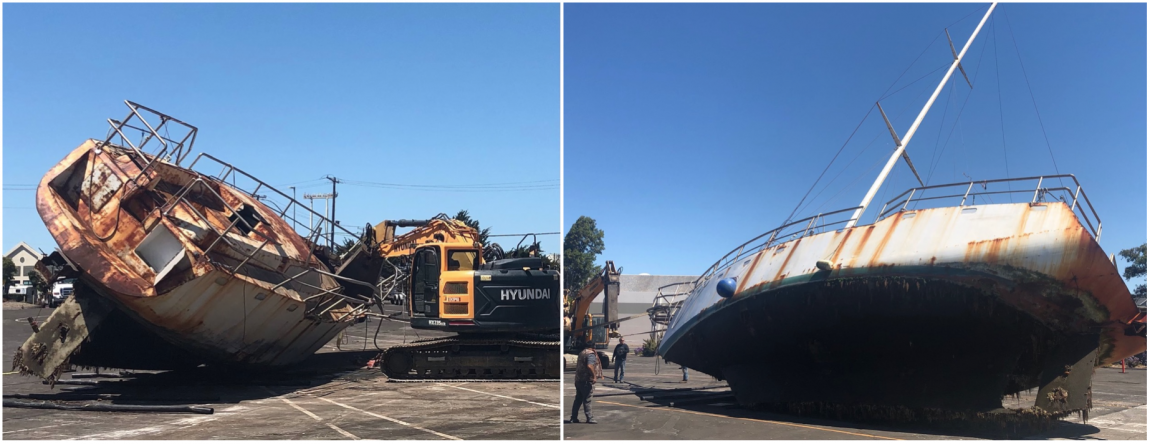
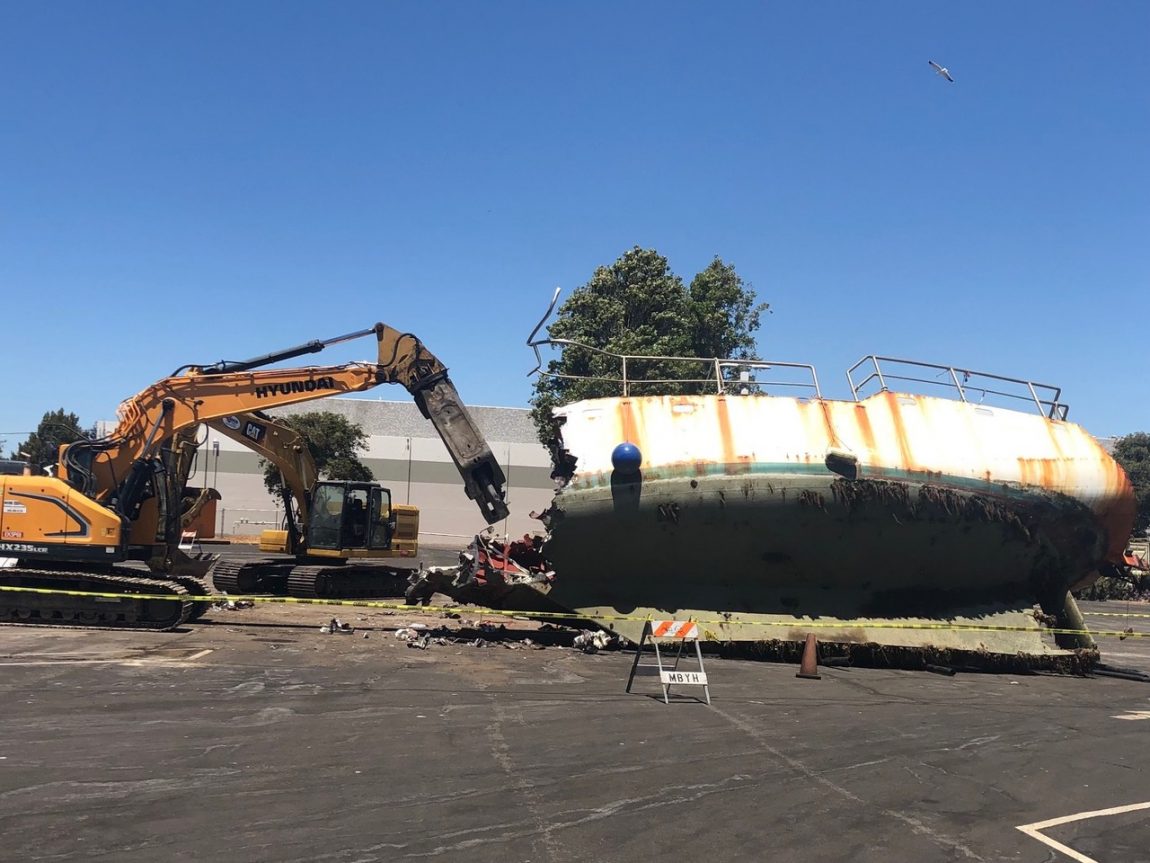
And they say sailing is fun! But what happens to a boat when it has outlived its useful purpose for its owner, or perhaps outlived the owner him- or herself? Some boats are fortunate and are sold or passed on to sailors who will refit and care for them. Others are left at the dock like a forlorn Hachikō, waiting for the owner who will never return. We don’t know the origins or cause of demise of the old boat pictured above, but regardless, it’s still a sad sight to see.
Don’t Miss Owl Harbor’s Annual Nautical Swapmeet
If heading to the Delta is on your summer calendar, make sure you stop by beautiful Owl Harbor. Don’t miss their annual Nautical Swapmeet on August 21st to find boating treasures of all kinds.
First-Time Offshore Racer Ryan Foland Joins ‘City Lights’ for California Offshore Race Week
Joining the second and third leg of the California Offshore Race Week, Ryan Foland got a good taste of what offshore racing is all about. With an invite through good friend and fellow Blue Water Cruising Club member Dave Binder, Ryan got his spot on City Lights, a Santa Cruz 52 owned by Aaron Wangenheim.
Ryan spent weeks sourcing some used foulies, researching and gathering the needed gear, and taking his Safety at Sea course to prepare.
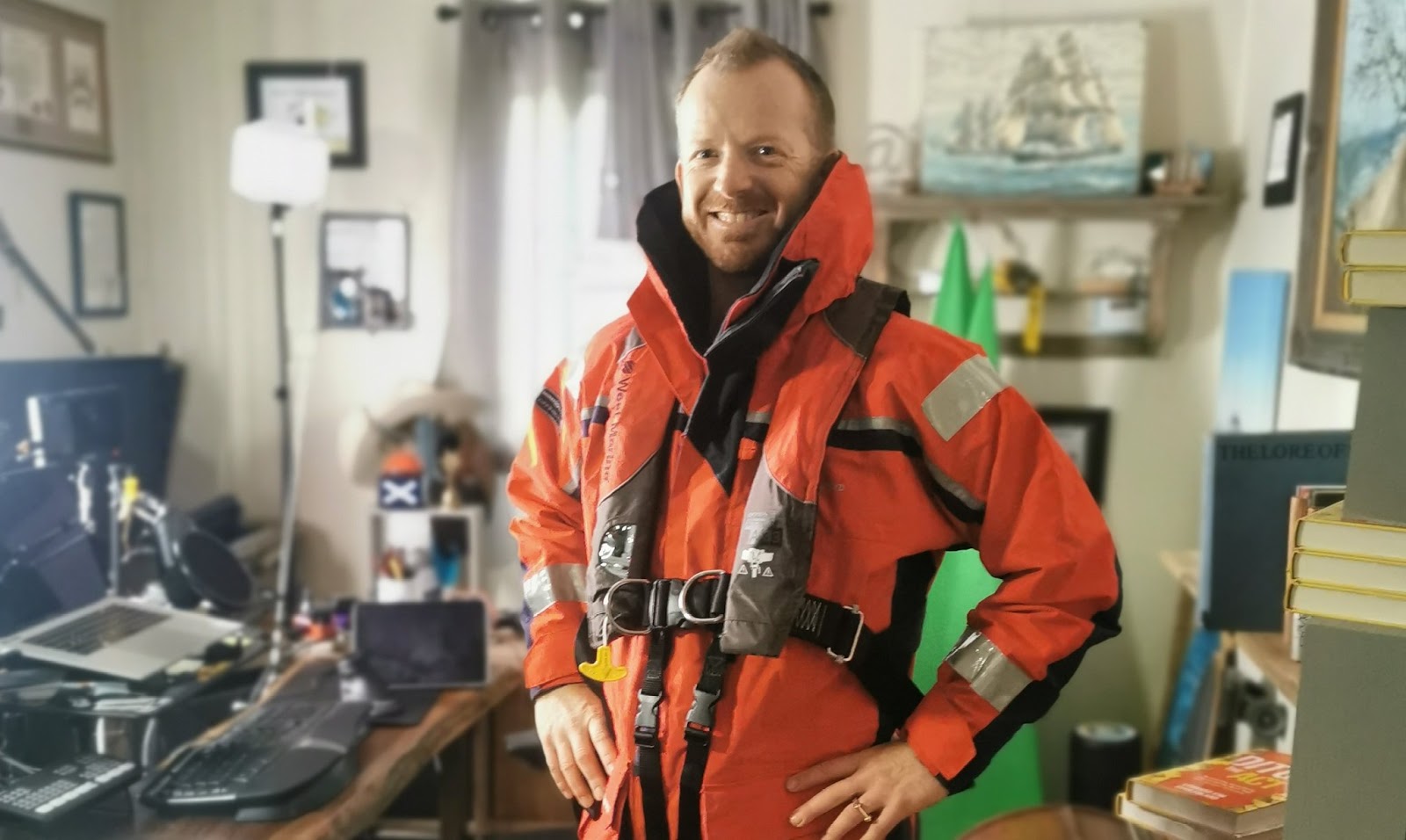
He also packed his GoPro to document the adventure to share with his family and friends. He shared with us the recap video that documents all three legs of the race, showing a firsthand view of the excitement when it was windy, and what happens when the wind disappears over 100 miles off the coast.
Ryan’s video captures moments when City Lights actually had wind.
“I’ve always loved the fact that you can’t change the direction of the wind, but you can always change the direction of your sails. Yet, that goes out the window when there is no wind at all,” Ryan explained with a laugh. “As a result of this offshore race, I more fully understand that you can’t change the direction of the wind if there is none, but you can always adjust and trim your attitude.”
And that is exactly what Ryan and the City Lights crew did when they found themselves, on a number of occasions, listening to the sound of sails flogging as opposed to the whistling wind.
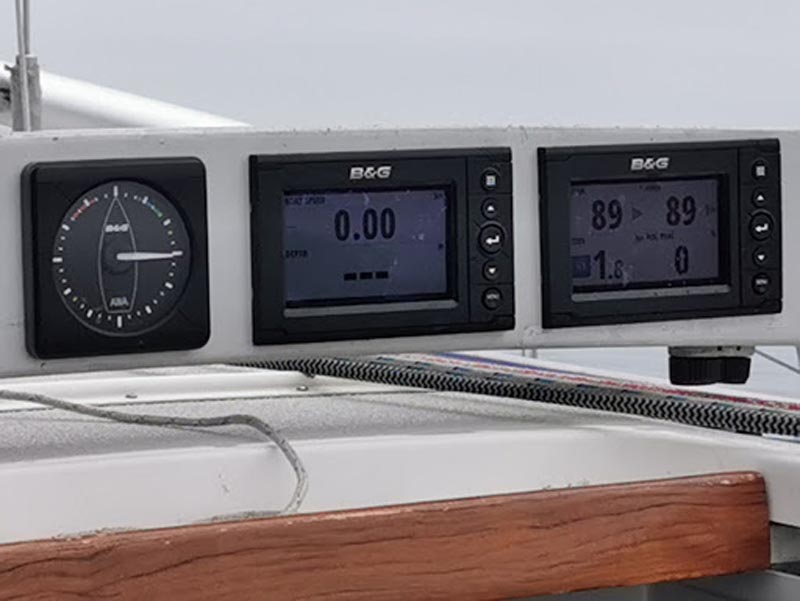
Ryan was not really sure what to expect, but he assumed that there would be tons of wind off the coast. When there wasn’t, he looked to the more experienced crew to gauge how to react.
“I was inspired by our skipper’s can-do attitude,” Ryan shared with enthusiasm. “When the wind all but stopped, he reminded me and the rest of the crew that racing is about sailing fast by maximizing any and all wind we have, and about the teamwork it takes to look for excellence in the details of fine-tuning sails and navigational adjustments. And that is exactly what we did. We worked as a team, adjusting our sails and attitudes with each reach, tack, and jibe.”
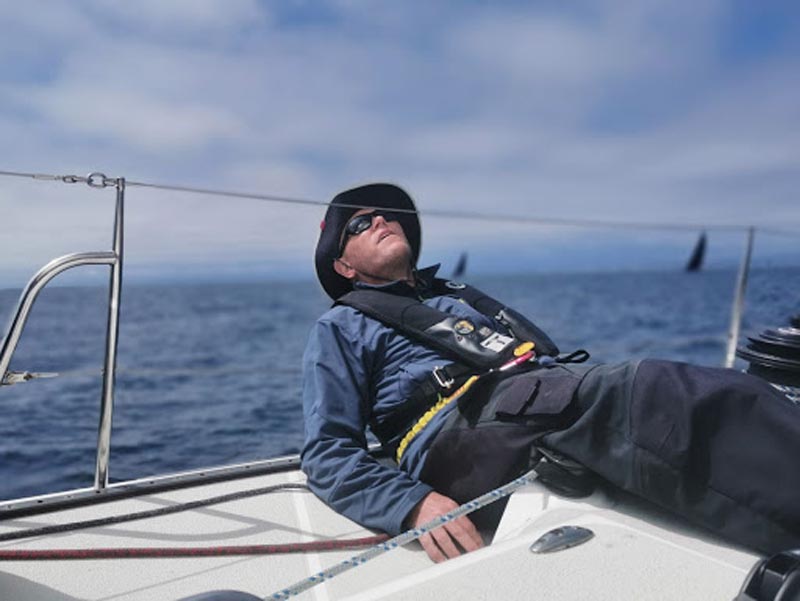
The Santa Cruz 52 sailed all three legs of the California Offshore Race Week with skipper Aaron Wangenheim, and crew of Emily Wangenheim, Patrick Burke, David Binder, Shawn Bennett, Kim Wagner, Andy Blakeslee, Caitlin Gutekunst, Doug Robbins, Ryan Foland, Daniel St. John, and Tom Sinnickson.
City Lights took third place out of three boats in the Spinnaker Cup from San Francisco to Monterey and had to make the difficult decision to throw in the towel and retire in the next two legs from Monterey to Santa Barbara, and Santa Barbara to San Diego.
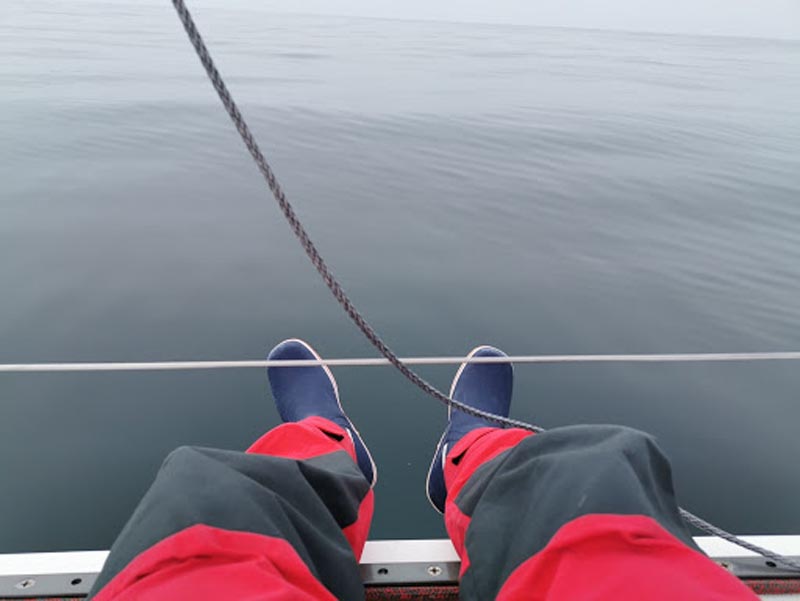
Regardless of the results, Ryan told us, “I feel like we won, because with or without wind, we worked together and sailed as a team, and to me, that’s winning.”
It looks as if this offshore race will not be Ryan’s last, as he shared that he already has an invite for another race aboard City Lights to Mexico in March next year. He also shared his excitement about his plans to join City Lights in their 2022 race to Hawaii.
Did You Meet Merv, Donald and the Crew of ‘Qui Vive’ in Tiburon?
While Latitude 38 is essentially a West Coast magazine, we’re constantly amazed at the various global locations in which we meet sailors who either hail from the West Coast, have lived here for a time, or have sailed through on their way to distant destinations. This also leads us to wonder if anyone reading about these itinerant sailors ever remembers having met them. The Bay Area in particular turns up often in sailing conversations abroad. One such conversation occurred during a recent visit to Australia’s island state of Tasmania, where we met Mervyn (Merv) Mitchell, recently returned from a circumnavigation of Tasmania. Anyone who has sailed anywhere near this southerly island will attest to its harsh coastline and unforgiving weather. But what really caught our attention was that Merv had once sailed into San Francisco Bay, as part of a voyage from Sidney, BC, Canada, to San Diego.
The year was 1972, and the then 20-something-year-old Merv, his wife Sue and their almost 1-year-old son Len boarded Qui Vive — a 42-ft Hillyard ketch, which had been sailed from England to Vancouver Island via Panama by her owner, 70-year-old Donald McKay and “an unknown crewman who had never before been to sea.”
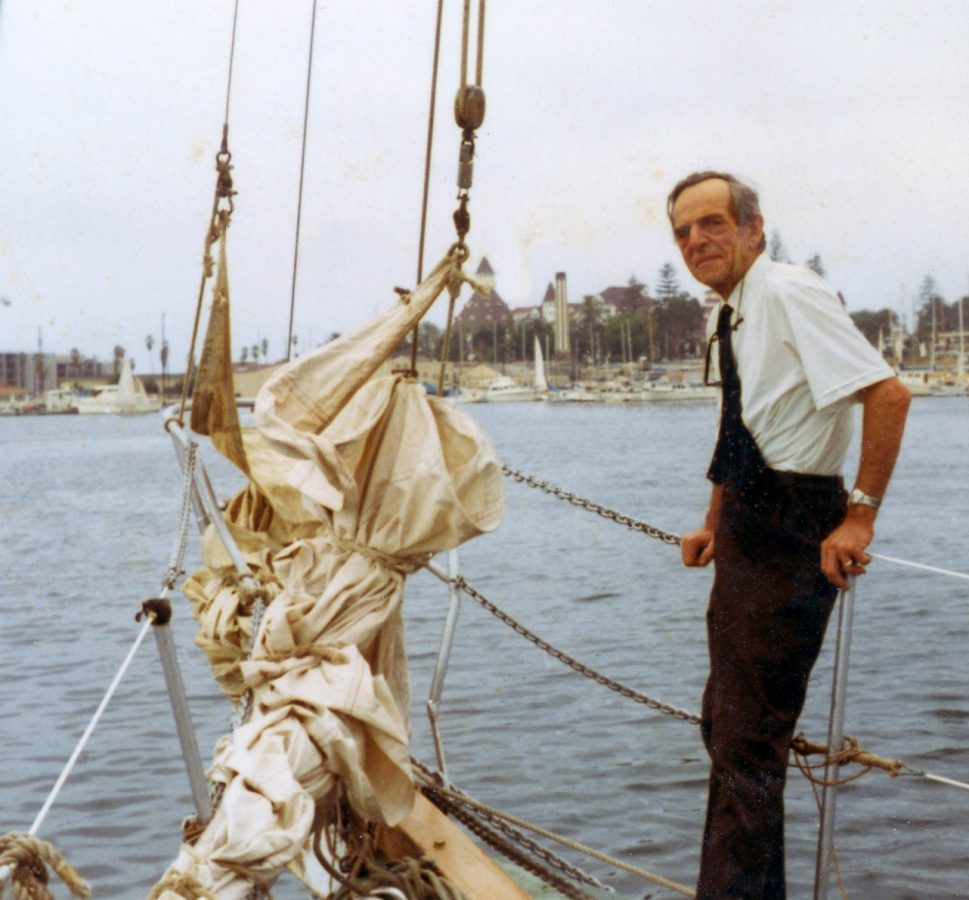
Merv and Donald’s friendship had begun with a chance meeting due to a berth dispute, which although amicably resolved, was perhaps the first indication that the man who was to later captain Qui Vive to San Diego was an interesting and somewhat brash character. We’ll save that tale for another time. For now, we pick up Merv’s story at the point where Qui Vive‘s southerly voyage was bringing her crew within reach of San Francisco Bay.
“Donald had asked me to look after radio navigation, which enabled the boat’s position to be determined from the various radio beacons scattered down the coast. We followed the fog line south until we drew level with Northern California, and then headed back into the murk. Of course it is impossible to navigate by sextant unless you can clearly see both the sun and the horizon. At this juncture, we discovered that Donald had left ashore the directory to radio beacons, so we were unable to navigate by RDF either, leaving us only with dead reckoning, in which you continuously record your speed and direction of travel and use these data to determine your present position relative to your last known position; currents and leeway add a level of unpredictability to this method.
“After about 20 hours sailing under these conditions, I was receiving a very strong signal from what I suspected was the radio beacon on Cape Mendocino. I mentioned this to Donald, who went below to check his calculations. Moments later he yelled up from the cabin that he’d found an error, and we should turn around immediately. At almost that exact moment, the fog peeled back and we could see the sunlight glinting on the cars parked above the cape. The rocky shore was just ahead.
“We followed the coast south, drawing slowly westward so we could pass around the outside of the Farallon Islands, before lining up with the entrance to San Francisco Bay. This put us back into fog, more impenetrable than before. We could hardly see the end of the bowsprit. It also placed us smack in a major shipping lane, and through the night we heard the booming of ships’ horns as they seemed to zigzag all around us. It was a terrifying experience. Once we saw the faint loom of lights in the blackness as a ship passed close by.
“I was on watch as the first tendrils of dawn dragged across the sky. The water was calm and the fog thinning a little. Everyone else was in their bunks below. Suddenly the sea began to boil on the starboard side. The boat lurched and spun and water began to cascade down upon the decks. A massive black shape, some Brobdingnagian monster of the deep, arose alongside us, scarcely a boat hook’s length away. Cries of alarm from below. Donald was first to emerge and knowing more about these matters than I did, identified it as an American nuclear submarine that had presumably been aware of our existence. Within moments some tiny figures appeared on the conning tower and the sub gathered speed and disappeared into the gloom. I noted its course, which we also followed, assuming, correctly, that it would lead us to the Golden Gate Bridge. Soon afterwards we could hear the early morning rush hour traffic above us, and then, like a curtain being drawn aside, the fog cleared and we were in sunlight with Alcatraz Island lying dead ahead.”
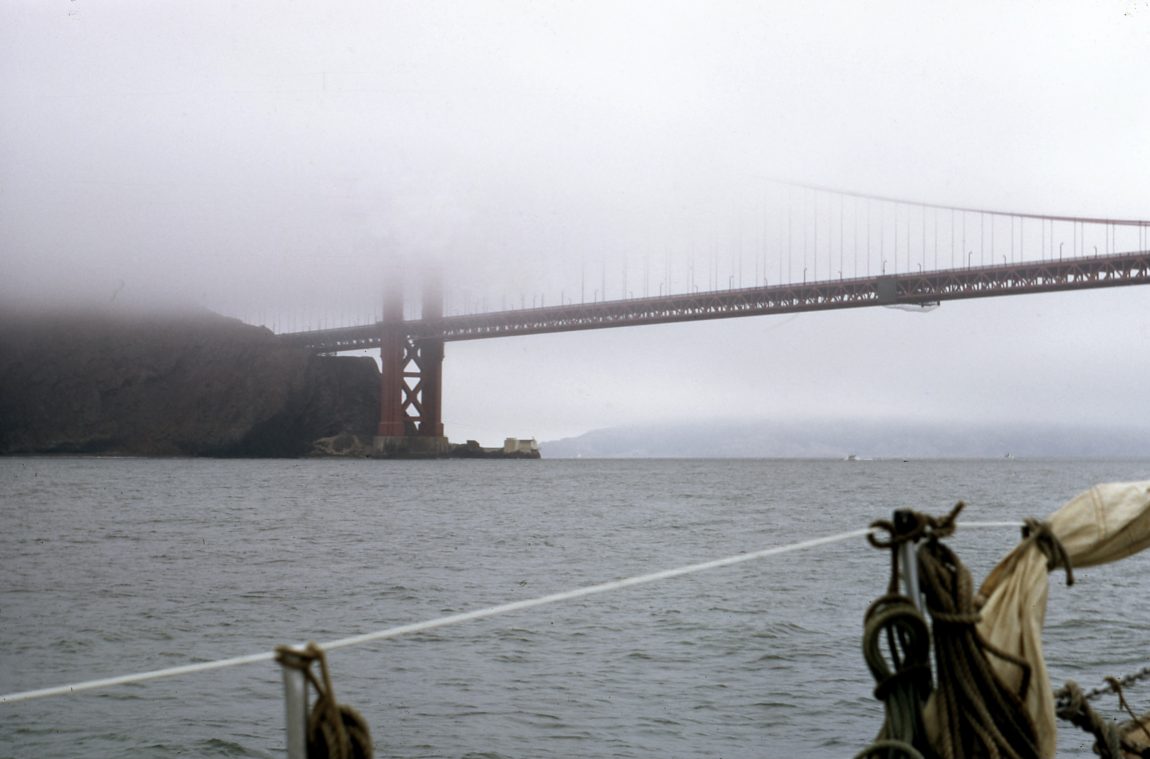
“We spent about four days tied up at a yacht club in Tiburon, with trips into San Francisco by bus, and just enjoying the calm (no seasickness). Two amusing incidents come to mind. Donald was the least clothes-conscious person I have ever known — worse, even, than me. He dressed like a hobo, and on one occasion attempted to cash a check for about $1000 at a local bank (a sizable sum in those days). The cashier looked him up and down, her face clouding with suspicion. She asked for further ID and he produced his passport. She read his name aloud, ‘Donald Horatio McKay. Horatio! What sort of name is that?’ Donald’s hackles rose like the spines on an enraged porcupine. In his plummiest, most British voice, ‘My dear woman, I’ll have you know my grandfather fought alongside Admiral Nelson at the Battle of Waterloo.’ This hardly answered her question, but she got the point.”
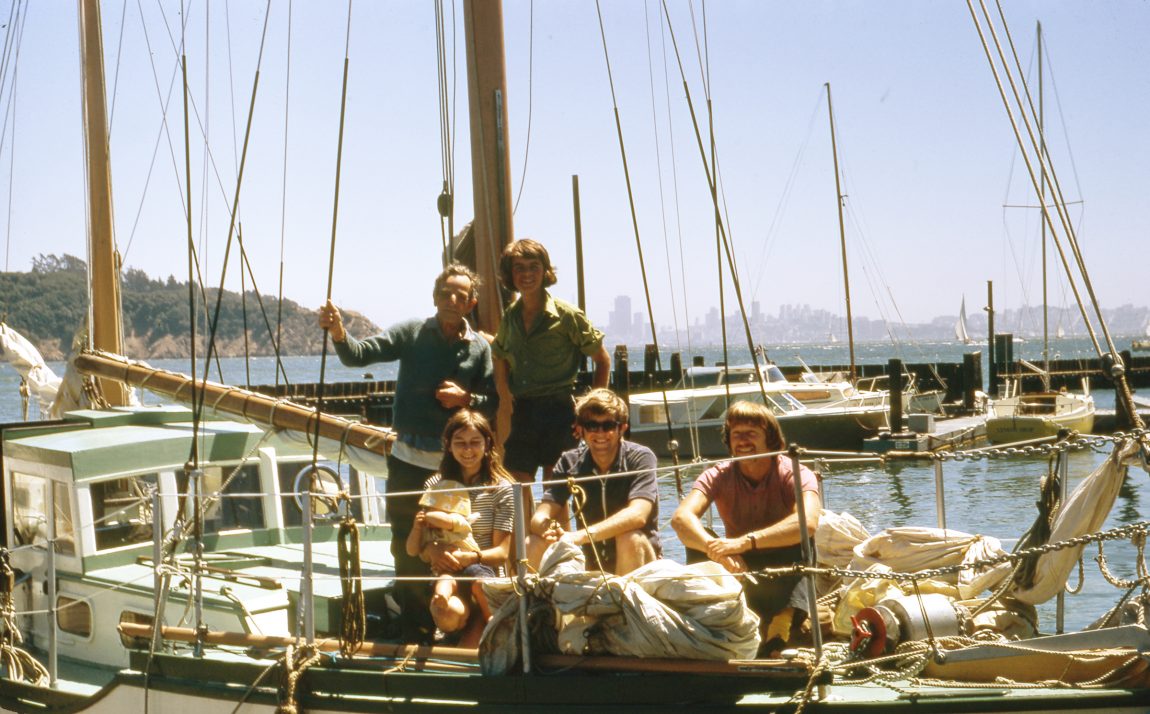
“On another night, quite late, Donald, dressed like a derelict as usual, was picked up by a passing police cruiser as he attempted to enter our fairly up-market yacht club. They almost carted him away and it took some explaining before they would accompany him to the boat to check his bona fides. We all vouched for him, but the police remained skeptical that he really was Captain Donald Horatio McKay.
“We passed below the Golden Gate for the second time in glorious sunshine and saw not a skerrick of cloud or fog (and precious little wind) for the remainder of the journey, sailing within sight of the coast nearly all the way. Qui Vive made an incursion into Long Beach Harbor to view the Queen Mary, purchased by the city after her removal from service in 1967. An earlier captain of the Queen Mary, Commodore Donald McLean, had studied on the Conway with Donald [McKay] and they had remained lifelong friends. Upon his retirement, Commodore McLean donated the Queen Mary’s pennant to Donald, and this was flying from the stern of Qui Vive as we closed in on the mother ship. It was, for Donald, quite an emotional moment.”
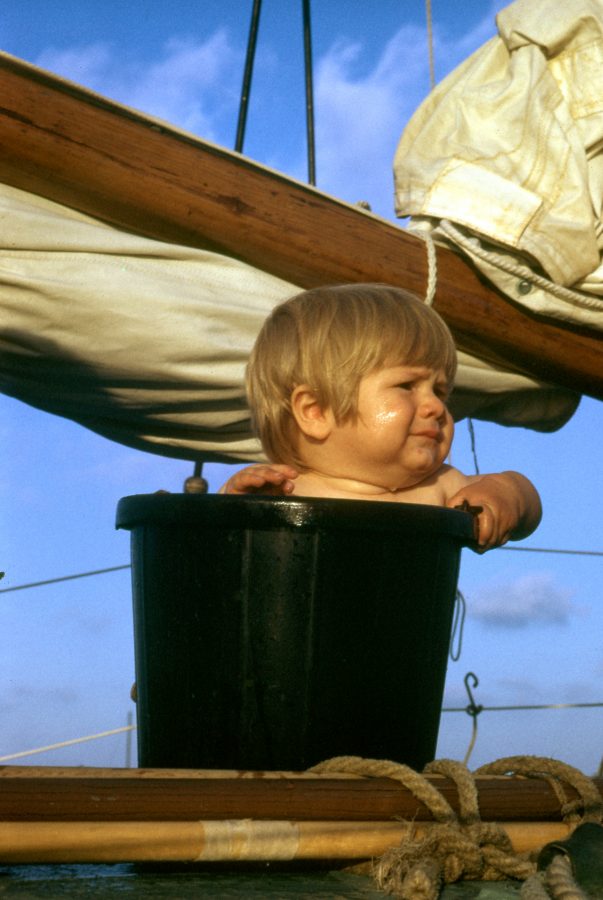
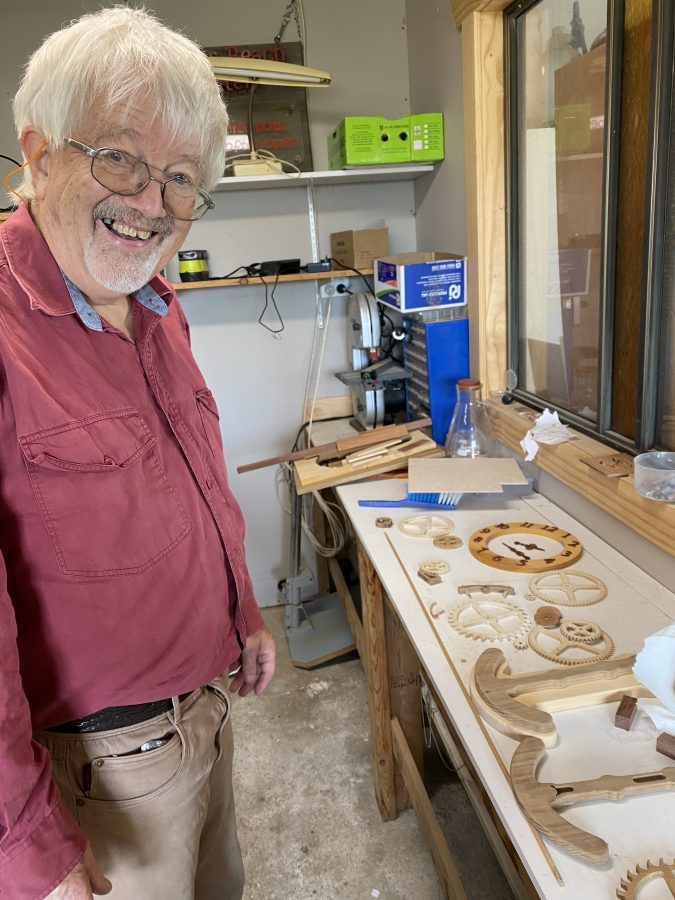
As you can see, Merv is quite the storyteller, and the afternoon we spent in his living room Down Under was not nearly enough time to hear about all of his sailing adventures. But he’s also a prolific writer, so perhaps we’ll share more of his stories another day. In the meantime, if you happen to have any recollection of meeting Merv, or Donald, or anyone aboard Qui Vive in 1972, we’d love to hear from you.

